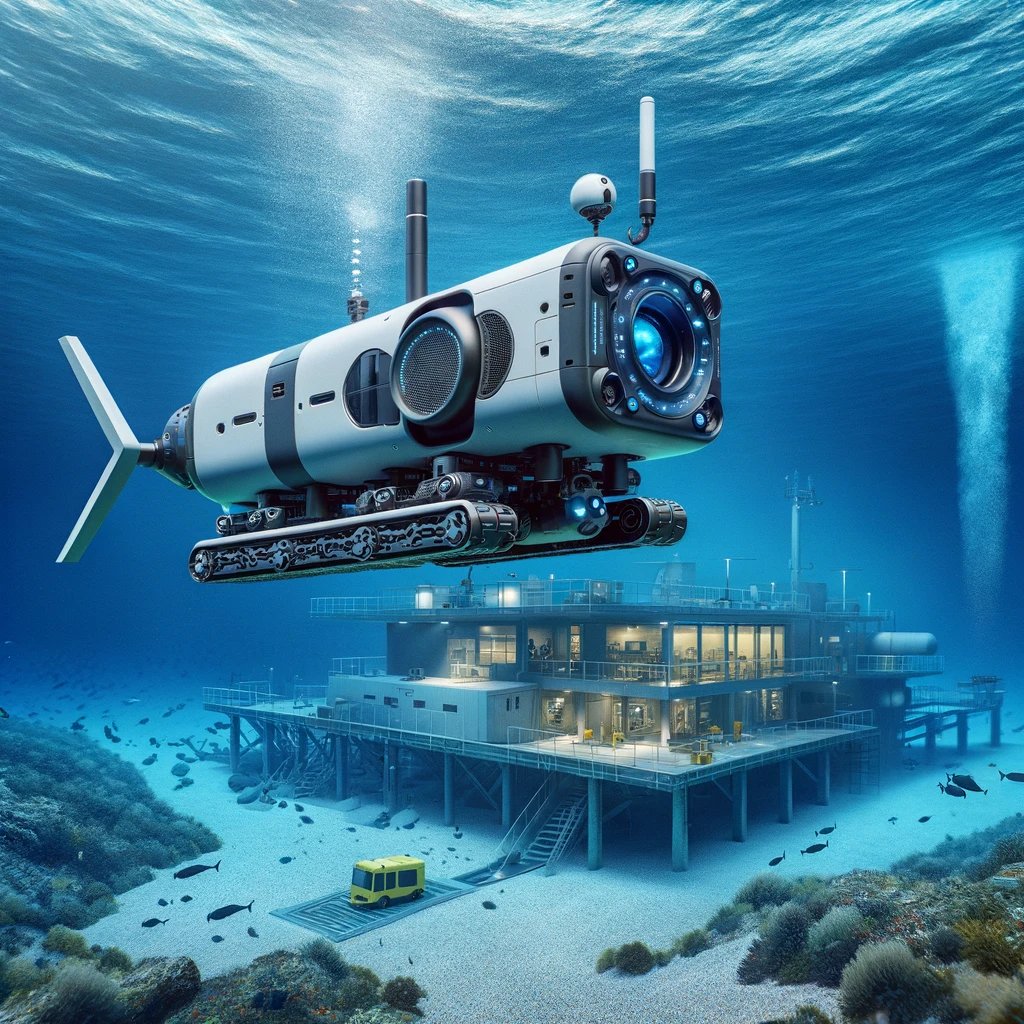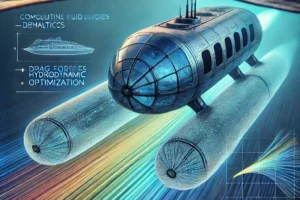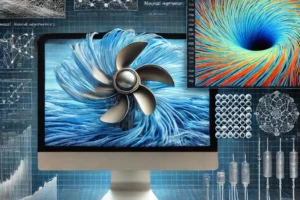Ocean engineering is a multidisciplinary field that involves the design, development, and maintenance of systems and structures that operate in the ocean environment. This field is crucial for a variety of applications, from underwater resource extraction to environmental monitoring. Subsea robotics, a vital component of ocean engineering, has revolutionized our ability to explore and utilize the ocean’s depths. These advanced robotic systems enable us to conduct detailed underwater surveys, perform complex tasks in harsh environments, and gather critical data for research and industry. In this blog, we will delve into the evolution, innovations, and applications of advanced subsea robotics in ocean engineering.
The Evolution of Subsea Robotics
The development of subsea robotics has a rich history, beginning with rudimentary tools designed for underwater exploration. Early efforts in underwater robotics were limited by technology and resources, but they paved the way for significant advancements. Key milestones include the creation of the first remotely operated vehicle (ROV) in the 1950s, which marked the transition from basic underwater equipment to more sophisticated, remotely controlled systems. Over the decades, subsea robotics have evolved from simple tethered devices to complex autonomous systems, enabling unprecedented exploration and operational capabilities in the ocean’s challenging environment.
Key Innovations in Subsea Robotics

Autonomous Underwater Vehicles (AUVs)
AUVs are self-propelled, unmanned underwater robots that operate without real-time input from an operator. They are equipped with various sensors and navigation systems that allow them to perform tasks such as mapping, surveying, and data collection autonomously. Recent technological advancements in AUVs include improved battery life, enhanced navigation algorithms, and advanced sensing capabilities, making them indispensable tools for ocean engineers.
Remotely Operated Vehicles (ROVs)
ROVs are tethered underwater robots controlled by operators on a surface vessel. These vehicles are commonly used for tasks requiring precise manipulation, such as inspection, maintenance, and repair of underwater structures. Innovations in ROV technology have led to improved maneuverability, better camera systems, and more sophisticated robotic arms, allowing for more complex and delicate operations.
Hybrid Underwater Vehicles
Combining features of both AUVs and ROVs, hybrid underwater vehicles offer the best of both worlds. These systems can operate autonomously or be controlled remotely, providing flexibility for a wide range of applications. For example, they can perform autonomous surveys and then switch to manual control for detailed inspection or intervention tasks. The versatility of hybrid vehicles makes them valuable assets in subsea operations.
Cutting-Edge Technologies in Subsea Robotics

Artificial Intelligence and Machine Learning
AI and machine learning are transforming subsea robotics by enhancing their capabilities in navigation and data analysis. AI algorithms enable subsea robots to make real-time decisions, adapt to changing environments, and optimize their tasks. For instance, AI-powered robots can identify and classify marine life, detect anomalies in underwater structures, and predict maintenance needs. Case studies have demonstrated the effectiveness of AI in improving the accuracy and efficiency of subsea operations.
Advanced Sensing and Imaging Technologies
High-resolution sonar, LiDAR, and underwater cameras are among the cutting-edge technologies used in subsea robotics. These sensors provide detailed images and data, allowing for precise mapping, inspection, and analysis. High-resolution sonar can penetrate murky waters, while LiDAR provides accurate 3D mapping of underwater terrains. However, these technologies also present challenges, such as data processing and integration, which researchers are continually working to overcome.
Energy Efficiency and Power Management
Innovations in battery life and energy sources have significantly impacted the operational duration and capabilities of subsea robots. New battery technologies, such as lithium-ion and fuel cells, provide longer endurance and higher energy density. Additionally, advances in power management systems enable robots to optimize energy usage, reducing the need for frequent recharging or battery replacement. These improvements extend the operational range and duration of subsea missions, making them more efficient and cost-effective.
Applications in Ocean Engineering
Deep-Sea Exploration

Subsea robotics play a crucial role in deep-sea exploration, allowing scientists to study previously inaccessible areas. These robots can withstand extreme pressures and temperatures, enabling the discovery of new species, geological formations, and hydrothermal vents. Notable missions, such as the exploration of the Mariana Trench, have provided valuable insights into the deep ocean ecosystem, contributing to our understanding of marine biology and geology.
Offshore Oil and Gas Industry
The offshore oil and gas industry relies heavily on subsea robotics for inspection, maintenance, and repair of underwater infrastructure. ROVs and AUVs are used to inspect pipelines, subsea wells, and other critical structures, ensuring their integrity and safety. Recent advancements in robotic technology have enhanced the efficiency and safety of these operations, reducing the need for human divers and minimizing downtime.
Environmental Monitoring and Conservation
Subsea robots are essential for tracking marine life and monitoring ocean health. They are used to collect data on water quality, temperature, and chemical composition, providing valuable information for environmental studies and conservation efforts. Robots equipped with cameras and sensors can observe and document marine habitats, helping to protect endangered species and ecosystems. These efforts contribute to sustainability and conservation, ensuring the health of our oceans for future generations.
Future Trends and Challenges

The future of subsea robotics is promising, with potential breakthroughs on the horizon. Emerging technologies, such as bio-inspired robots, advanced materials, and quantum sensors, are expected to enhance the capabilities of subsea systems. The integration of subsea robotics with other fields, such as biotechnology and nanotechnology, could lead to new applications and innovations, further expanding the scope of ocean engineering.
Despite the advancements, subsea robotics face several challenges. Technical hurdles, such as data transmission, navigation, and energy management, require ongoing research and development. Environmental factors, including extreme pressures, temperatures, and corrosive conditions, pose significant challenges to the durability and reliability of robotic systems. Addressing these challenges is crucial for the continued progress and success of subsea robotics.
Subsea robotics have revolutionized ocean engineering, enabling us to explore, utilize, and protect the ocean’s depths. The advancements in AUVs, ROVs, and hybrid vehicles, along with cutting-edge technologies like AI and advanced sensing, have expanded the capabilities and applications of these systems. Looking ahead, the future of subsea robotics holds great promise, with emerging technologies and ongoing research addressing current challenges. As we continue to innovate and apply these advanced systems, subsea robotics will play an increasingly vital role in ocean exploration, industry, and conservation.










